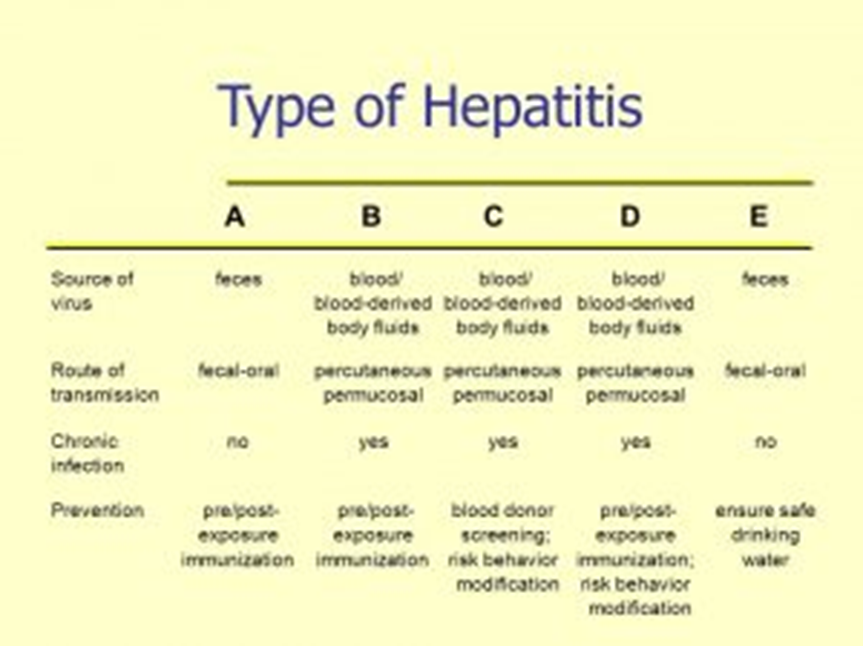A nurse is ready to insert an indwelling urinary catheter for a female client. Which of the following instructions should the nurse provide to the client as the catheter is inserted?
Bear down.
Exhale slowly.
Contract the pelvic muscles.
Take a sip of water.
The Correct Answer is A
Correct answer: A
A. Bear down:
Bear down: Asking the client to bear down gently (as if to void) helps to expose urethral meatus.Bearing down simulates the act of urination and helps open the urethra.
B. Exhale slowly:
While exhaling slowly might help the client relax, it does not specifically assist with the insertion of the catheter as effectively as bearing down.
C. Contract the pelvic muscles:
Contracting the pelvic muscles (such as squeezing or tightening) might make catheter insertion more challenging by tensing the area where the catheter needs to pass through.
D. Take a sip of water:
Drinking water is not typically instructed during urinary catheter insertion, as it's unrelated to the process and might increase discomfort.
Nursing Test Bank
Naxlex Comprehensive Predictor Exams
Related Questions
Correct Answer is D
Explanation
A. Avoiding eating at fast food restaurants is not a specific preventive measure for hepatitis A transmission. The primary mode of transmission for hepatitis A is through the fecal-oral route, often due to contaminated food or water.
B. Avoiding serving raw foods is a reasonable precaution as raw or undercooked shellfish and contaminated fruits and vegetables can be a source of hepatitis A transmission. However, practicing effective hand hygiene is a more general and fundamental preventive measure.
C. Wearing barrier protection during vaginal intercourse is not directly related to the prevention of hepatitis A. Hepatitis A is primarily transmitted through the fecal-oral route, and sexual transmission is not a common mode for this virus.
D. Practicing effective hand hygiene is a key strategy for preventing the transmission of hepatitis A. Proper handwashing with soap and water, especially after using the bathroom and before handling food, can help reduce the risk of contamination and transmission of the virus.

Correct Answer is ["B","D","E"]
Explanation
A. Encourage weight lifting during physical therapy:
Encouraging weight lifting or strenuous physical activities might not be advisable for individuals with advanced cirrhosis. Engaging in intense physical activity could potentially strain the liver or increase the risk of injury or bleeding, which is already heightened in individuals with cirrhosis.
B. Measure the client's abdominal girth:
Monitoring the client's abdominal girth is essential because cirrhosis can lead to the accumulation of fluid in the abdomen, known as ascites. Changes in abdominal girth can indicate the progression or resolution of ascites, guiding treatment and interventions.
C. Administer warfarin:
Administering warfarin, an anticoagulant, might not be ideal in cirrhosis due to the increased risk of bleeding. Liver dysfunction in cirrhosis can impair the production of clotting factors, increasing the risk of bleeding complications.
D. Administer furosemide:
Furosemide, a diuretic, can be utilized in managing ascites by promoting the elimination of excess fluid. However, its use requires careful monitoring, considering the electrolyte balance and potential adverse effects, especially in individuals with liver impairment.
E. Implement a low-sodium diet:
A low-sodium diet is crucial in managing cirrhosis-related complications, particularly ascites and edema. Sodium restriction helps reduce fluid retention, lessening the burden on the liver and alleviating symptoms associated with fluid accumulation.
Whether you are a student looking to ace your exams or a practicing nurse seeking to enhance your expertise , our nursing education contents will empower you with the confidence and competence to make a difference in the lives of patients and become a respected leader in the healthcare field.
Visit Naxlex, invest in your future and unlock endless possibilities with our unparalleled nursing education contents today
Report Wrong Answer on the Current Question
Do you disagree with the answer? If yes, what is your expected answer? Explain.
Kindly be descriptive with the issue you are facing.
